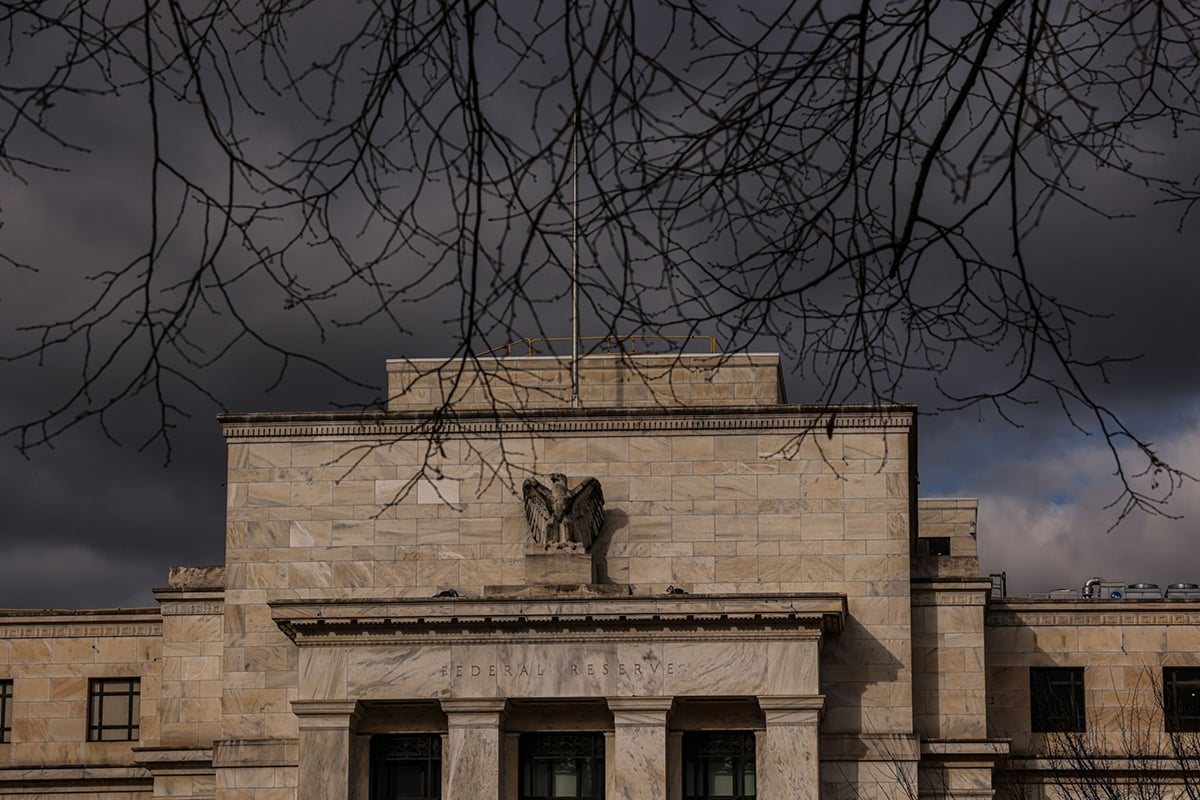T&R: How has the credit crunch affected corporate real estate?
Rotchford: The credit crunch has not impacted corporate real estate to the same extent that it has affected general real estate. In many of our transactions, there's a significant component of corporate credit associated with them and the corporate bond markets have not been impacted to the same extent as the real estate market. So there is the availability of more equity and more debt for those corporate real estate transactions. On the build-to-suit side, however, we've seen a number of transactions which [went] from being developer-based build-to-suit transactions to fee-developer build-to-suit transactions, as a result of the inability or the cost of raising non-corporate real estate capital by developers.
T&R: What is the current state of the sale-leaseback market?
Rotchford: There's a lot of equity and a lot of debt, but not to the same extent as a year ago. The traditional sale-leaseback players are very much alive and well and active in the marketplace. I think a number of the more traditional real estate investors, which have entered the sale-leaseback market, have retreated to the sidelines at this particular point. On the debt side, there is no CMBS [commercial mortgage-backed securities] market for those single-tenant leases. But there is still strong availability of debt capital both on the real estate side of insurance companies and the bond side of insurance companies, as well as a number of banking institutions. So while we see an increase in cap rate, the availability is strong.
T&R: What are the financing techniques and trends you are seeing now?
Rotchford: Our clients are looking at sale-leasebacks and equity type transactions. In many cases they are looking to build regulatory capital, whether that is Tier 1 capital for a banking institution or other type of regulatory capital for insurance companies or utilities. We've developed a number of techniques to allow them to use their real estate to build equity capital.
The state of the general real estate markets and credit markets on the real estate side has stabilized and improved over the last month and people are starting to make more decisions based upon that stabilization. My own expectation is that breakeven pricing on CMBS will be back in balance to market rates by year-end and Wall Street will be back in business, which will be good for all of us.
T&R: Has the weak dollar had an impact on the corporate market?
Rotchford: We really haven't seen a lot of activity in the corporate sector where foreign real estate capital is trumping domestic capital. Where you have seen this happening more is in the retail and trophy-building markets.
Complete your profile to continue reading and get FREE access to Treasury & Risk, part of your ALM digital membership.
Your access to unlimited Treasury & Risk content isn’t changing.
Once you are an ALM digital member, you’ll receive:
- Critical Treasury & Risk information including in-depth analysis of treasury and finance best practices, case studies with corporate innovators, informative newsletters, educational webcasts and videos, and resources from industry leaders.
- Exclusive discounts on ALM and Treasury & Risk events.
- Access to other award-winning ALM websites including PropertyCasualty360.com and Law.com.
*May exclude premium content
Already have an account? Sign In
© 2024 ALM Global, LLC, All Rights Reserved. Request academic re-use from www.copyright.com. All other uses, submit a request to [email protected]. For more information visit Asset & Logo Licensing.







